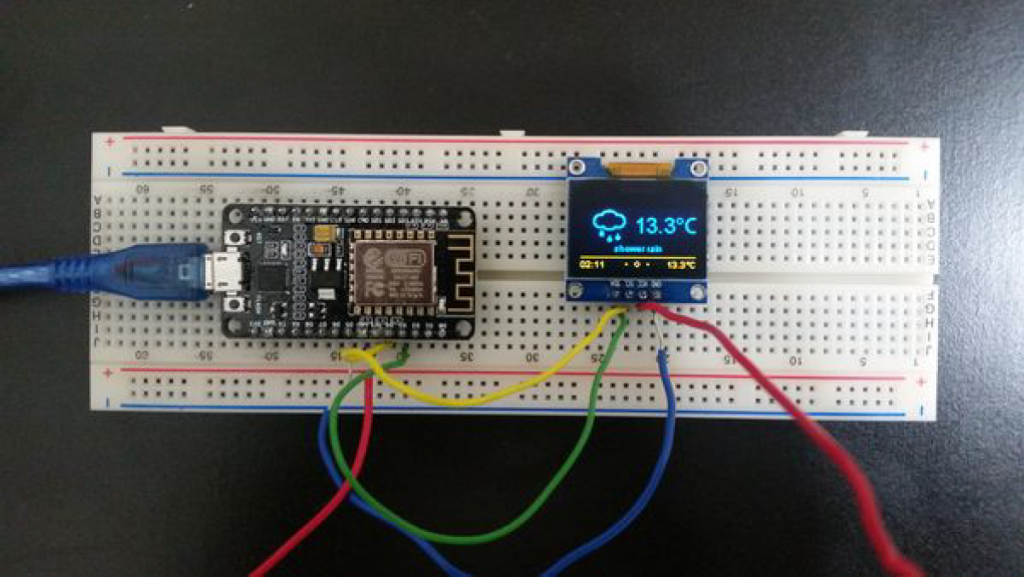How to Capture Temperature and Humidity Using the ESP8266 Weather Kit Circuit Diagram
BlogHow to Capture Temperature and Humidity Using the ESP8266 Weather Kit Circuit Diagram Testing and calibrating the sensor. The initial step involves calibrating the sensor. To achieve this, connect the sensor to the circuit and allow it to remain powered on for 24 hours to complete These build instructions cover the ESP8266 based version of the AirGradient Open Air Outdoor monitor PCB version 0.4. If you have bought the kit from our shop with the ESP32-C3 based chip and PCB version > 1.0, please find your correct build instructions in this overview . It's vital to monitor air quality to protect our health and reduce pollution levels. One of the most effective ways to monitor air quality is by using an air quality monitoring system. In this blog, we will discuss how to create an air quality monitoring system using NodeMCU or ESP8266, DHT21, Dust Sensor, MQ2, MQ4, MQ9, and MQ135 sensors.

As concerns about air pollution grow globally, understanding and tracking air quality become paramount. This comprehensive guide will walk you through the step-by-step process of connecting the powerful SDS011 sensor with the versatile ESP8266, creating a cost-effective and efficient air quality monitoring system. MQ135 Air Quality Sensor. The MQ-135 gas sensor senses the gases like ammonia nitrogen, oxygen, alcohols, aromatic compounds, sulfide and smoke.The MQ-3 gas sensor has a lower conductivity to clean the air as a gas sensing material. In the atmosphere, we can find polluting gases, but the conductivity of the gas sensor increases as the concentration of polluting gas increases. An ESP8266 based air pollution detector is an easy and low cost way to create an air quality monitoring solution that is real time. In this comprehensive guide, we will go through step-by-step how to build a reliable air pollution detector using the ESP8266 Arduino NodeMCU and popular air quality sensors.

Creating Your Own Air Quality Monitoring System with ESP8266 Circuit Diagram
Once your data is stored in InfluxDB, you can use visualization tools like Grafana to create real-time dashboards. This will allow you to monitor your air quality, temperature, and humidity trends. Conclusion. With ESP8266 version 3.0.2 and InfluxDBClient version 3.13.2, you can reliably build an IoT system for air quality monitoring. This Explore comprehensive documentation for the ESP8266-Based Air Quality Monitoring System with LCD Display and Wi-Fi Connectivity project, including components, wiring, and code. This project utilizes an ESP8266 NodeMCU to monitor air quality, temperature, humidity, and pressure using sensors like MQ135, DHT11, and BMP280. The data is displayed on a 16x2 I2C LCD and can be accessed remotely via

This project implements an air quality monitoring system using an ESP8266 WiFi module, various sensors, and the ThingSpeak platform. The system measures environmental parameters such as CO2, temperature, humidity, CO, LPG, and smoke levels, providing real-time data and insights into air quality.
